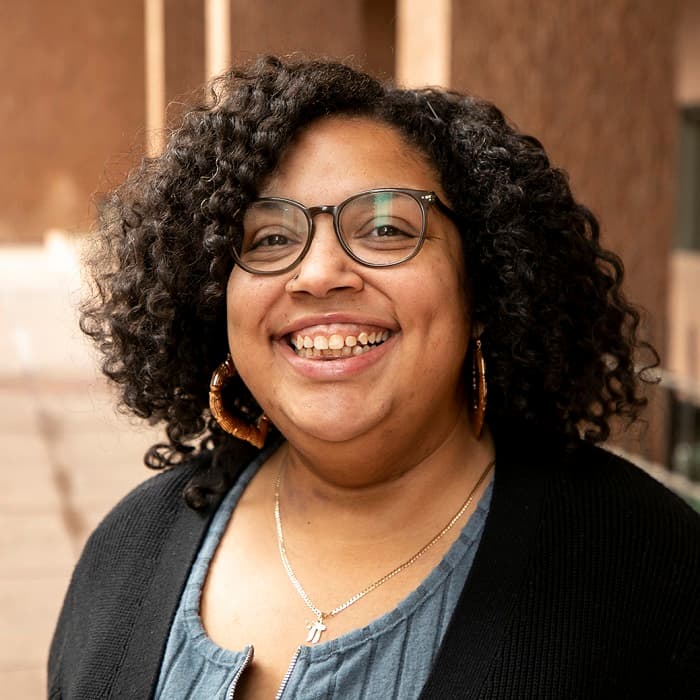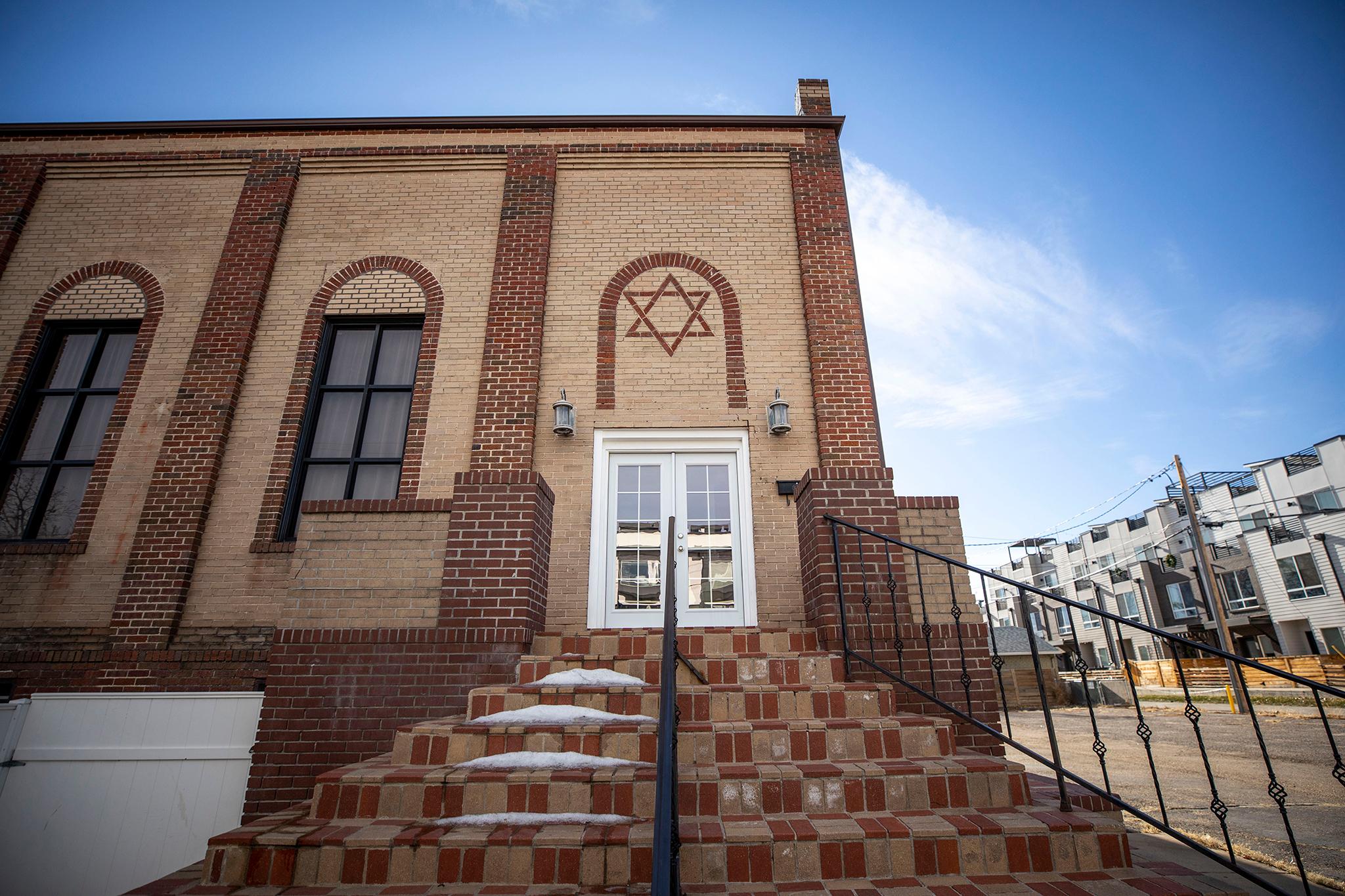Pamela Smith wasn't born or raised in West Colfax on Winona Court, but the friendly neighbors and the area's strong Jewish culture, have helped her make the tree-lined block filled with single-family cottage brick homes her home. The quick walk to Congregation Zera Abraham, which was founded around 1877, was a big draw for her when she moved here five years ago -- as was the area's rich history.
Portions of the West Colfax neighborhood and the northern side of Sun Valley were historically predominantly Jewish and Latino areas dating back to the 1880s. Relics like Congregation Zera Abraham remain, but with growth and development came displacement. The Jewish community wasn't immune to gentrification or eminent domain with the development of the Colfax viaduct.
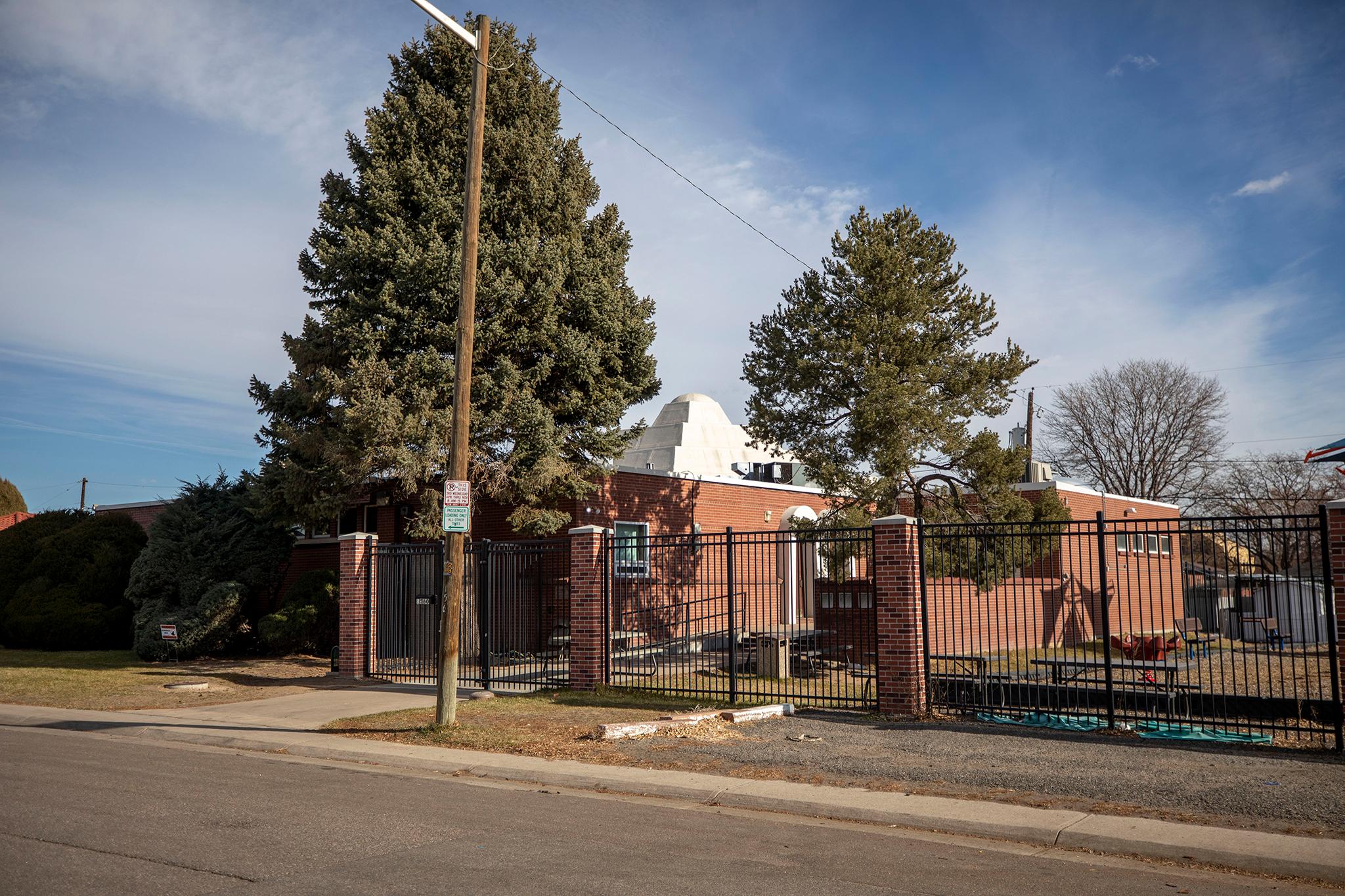
"We had a main street. [Old West] Colfax was a real main street with department stores, pharmacies and grocery stores," Smith said. "It was thriving. There used to be 11 synagogues just in the West Colfax area. As many synagogues, there were also churches. It was a family area. The Latinos here, their culture and our culture matched in many ways. We had large families. They had large families. They have strong belief in God and we have strong belief in God and we flourished together."
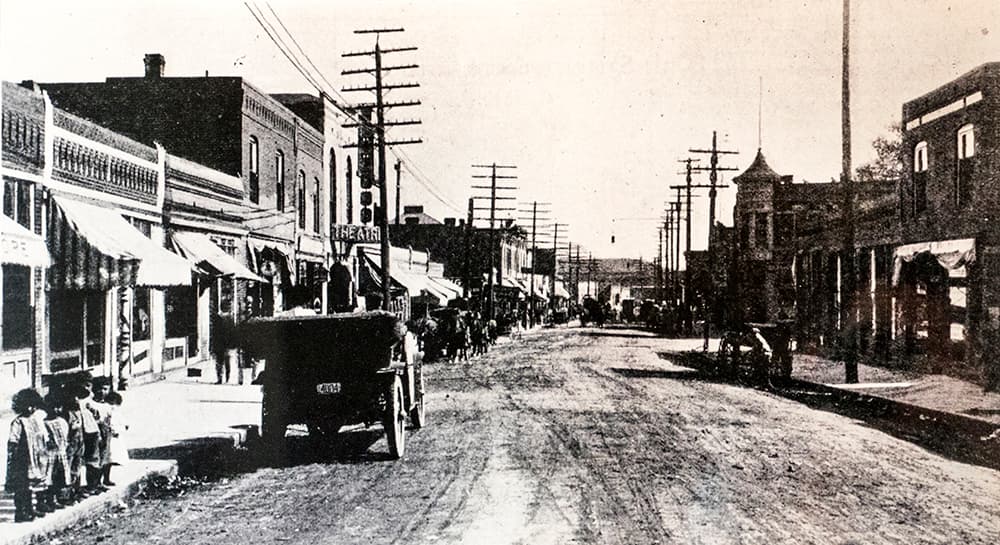
In 2020, more development and subsequent erasure of the Jewish culture on Winona Court was set to occur in the form of a proposed redo of an old home.
A house once owned by a prominent Jewish baker was purchased and slated to become a modern four-plex in the shape of a two-and-a-half story rowhome, two units in the front and two units in the back.
It's the type of construction often seen across the Northside and West Denver. Blocks of quaint single family homes mixed in with towering slot homes, condos and apartments.
The home on Winona once belonged to Rudolph Boscowitz, or Rudy Boscoe, and his wife Anna Mae. Rudy's parents immigrated to Denver from Poland and brought along their baking skills, opening Star Bakery at 2744 West Colfax Ave. The bakery took up the entire block and was one business in a sea of Jewish-owned stores along Old West Colfax that once existed. Now the colorful buildings are empty and across from dull stadium parking.
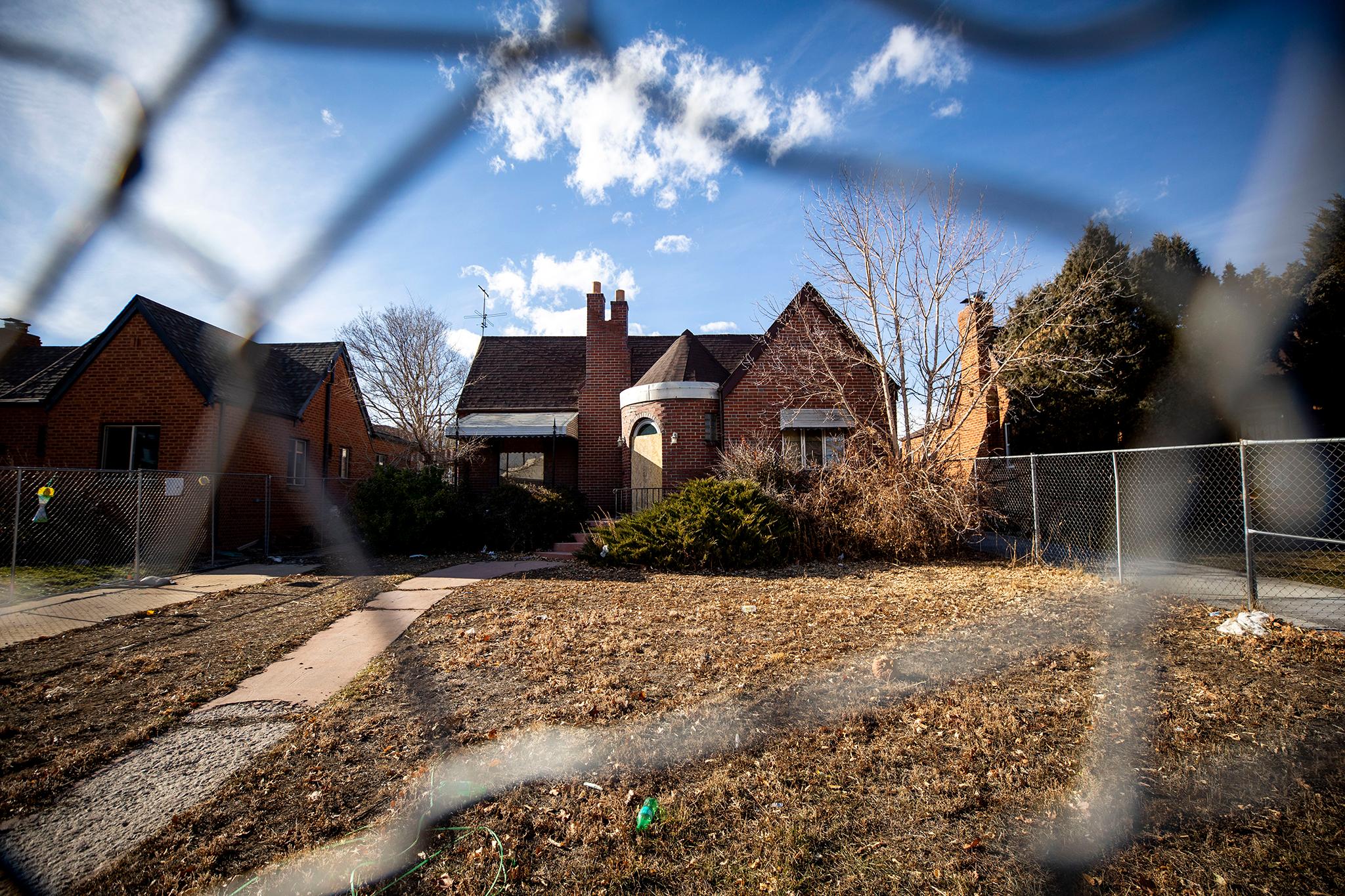
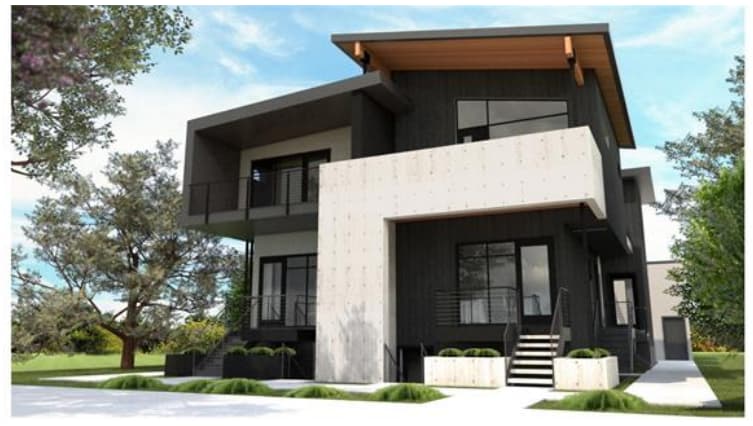
Smith said the redevelopment change would have been unnatural on the block and the previous owner's history was relevant to the fabric of the neighborhood, so she and a few other community members decided to apply for a landmark designation.
That application led to long talks with the developer, who is now creating a duplex and keeping the façade in line with the neighborhood, but it also showed the neighbors that redevelopment will always knock on their door fronts unless something bigger stops it.
"We want to maintain some semblance of community here," Smith said. "We want homes built here but built here within the idea of community, which involves neighbors, families and couples that stay because they like it here... But there's all kinds of demolitions happening and it's overwhelming. The uprooting of Black culture, uprooting of Latino culture, uprooting of Jewish culture, we have a history of this happening over the past 40 years. It's not right for us or for other groups."
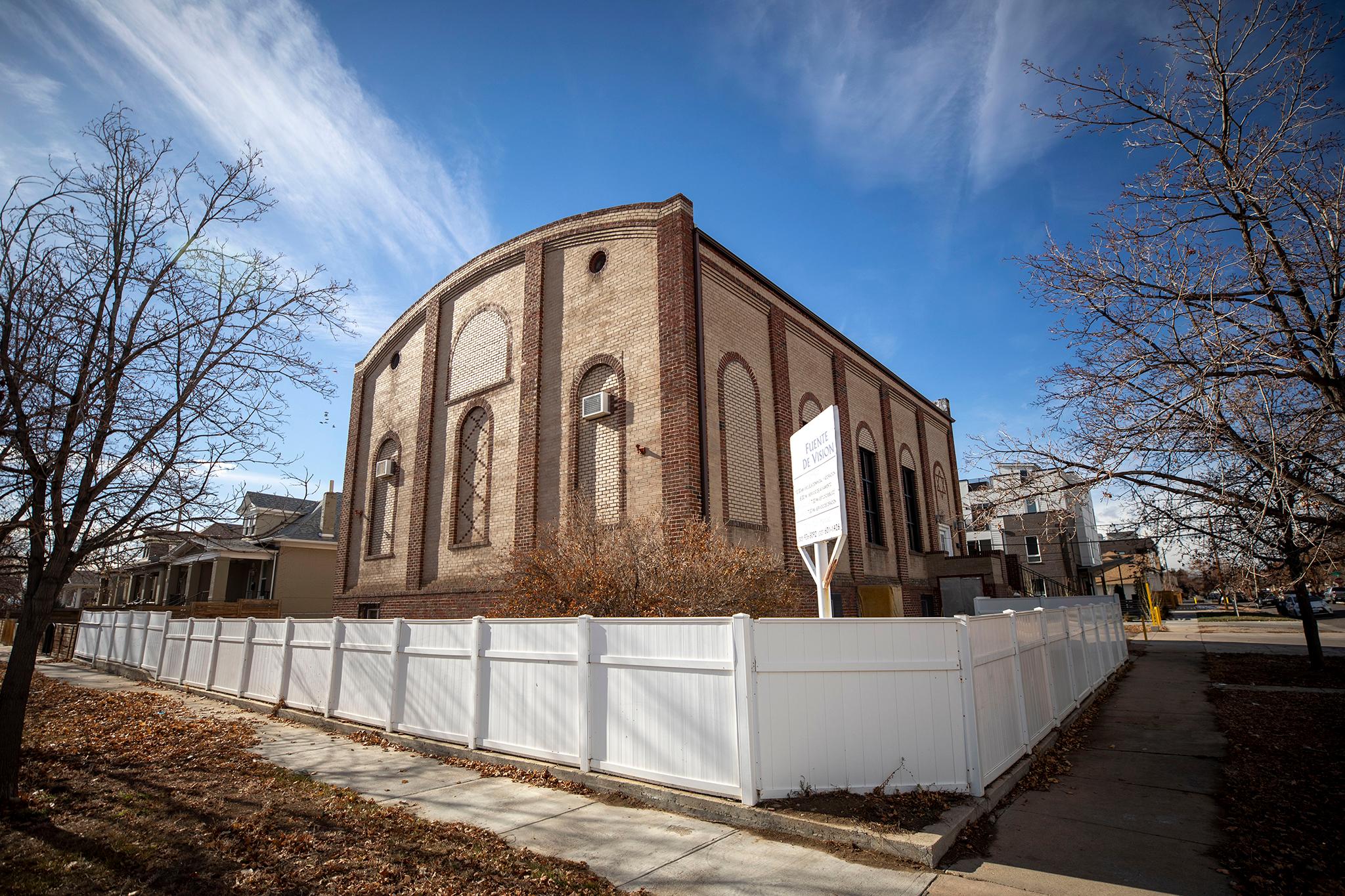
To further strengthen preservation efforts in the area, the neighbors along with Historic Denver and Councilmembers Amanda Sandoval and Jamie Torres, are looking to turn a portion of West Colfax into the West Colfax Jewish Historic Cultural District.
The proposal is in the very beginning stages, but if approved, it would be the city's third Cultural District behind the Five Points Historic Cultural District and, the recently anointed, La Alma Lincoln Park Historic Cultural District.
Historic districts exist all around the city but with Five Points and La Alma Lincoln Park, and possibly West Colfax, the emphasis of preservation is not just on the buildings but the culture behind them, such as the home on Winona Court being owned by the Boscoes.
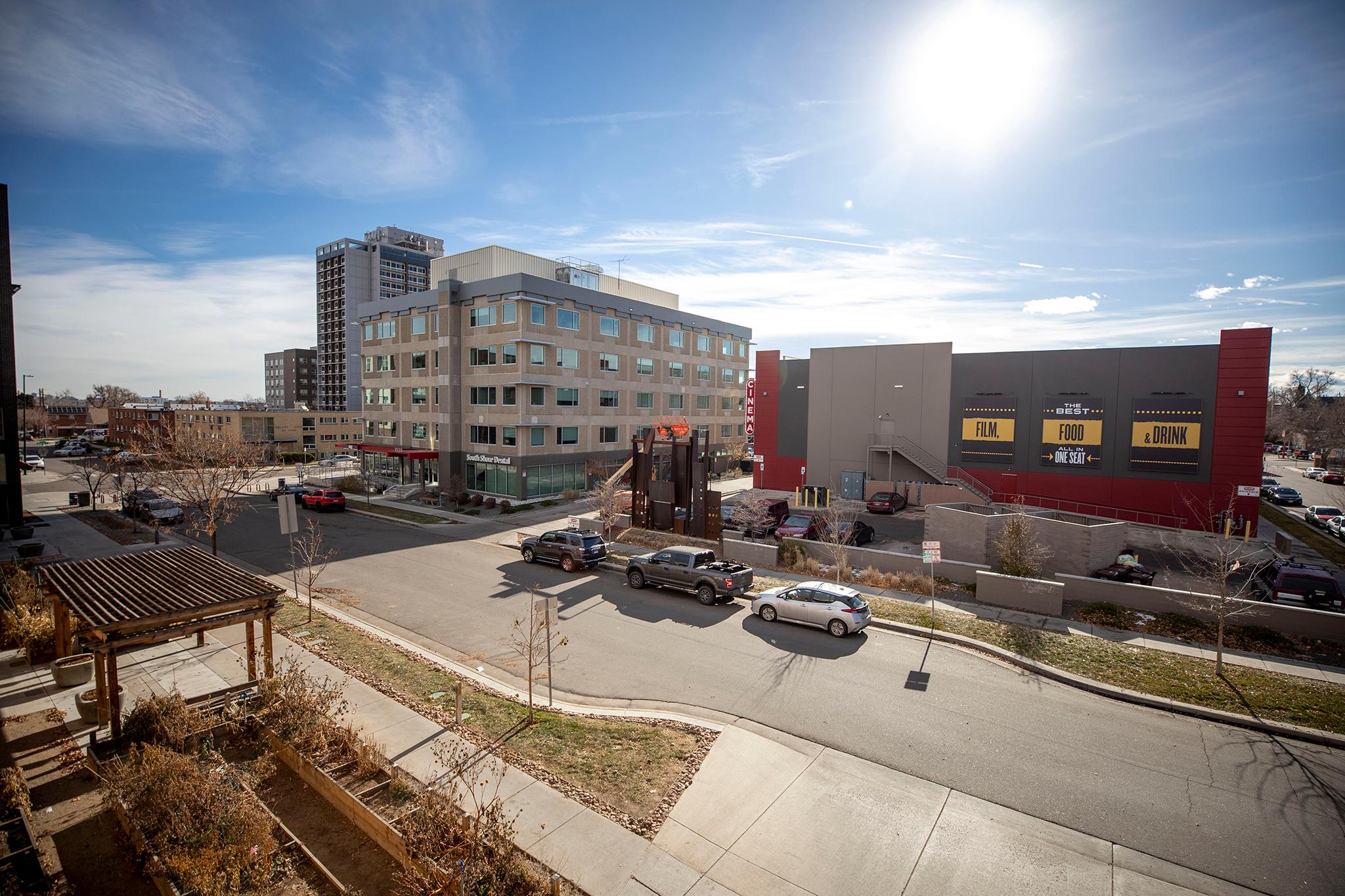
"If you allow everything to be demolished or too much to be removed, then you lose the story that the built environment tells," said Historic Denver's Director of Preservation Action Michael Flowers. "If this house could be lost, the zoning supported the four-plex, then this could happen across the board there in the neighborhood. So, the community there is concerned with that.. that the history there is going to be knocked over and erased and they wanted to do something about it."
Historic Districts and Historic Cultural Districts are the same in that they have similar ordinance requirements and redevelopment applications.
In 2019, the city's Landmark Preservation Office allowed culture to be a criteria for landmarks and districts, allowing more buildings and places to be considered for preservation.
The proposed Jewish Historic Cultural District is currently in the community engagement stage and the proposed parameters are between West 17th to West 16th Avenue from North Zenobia to North Stuart Street.
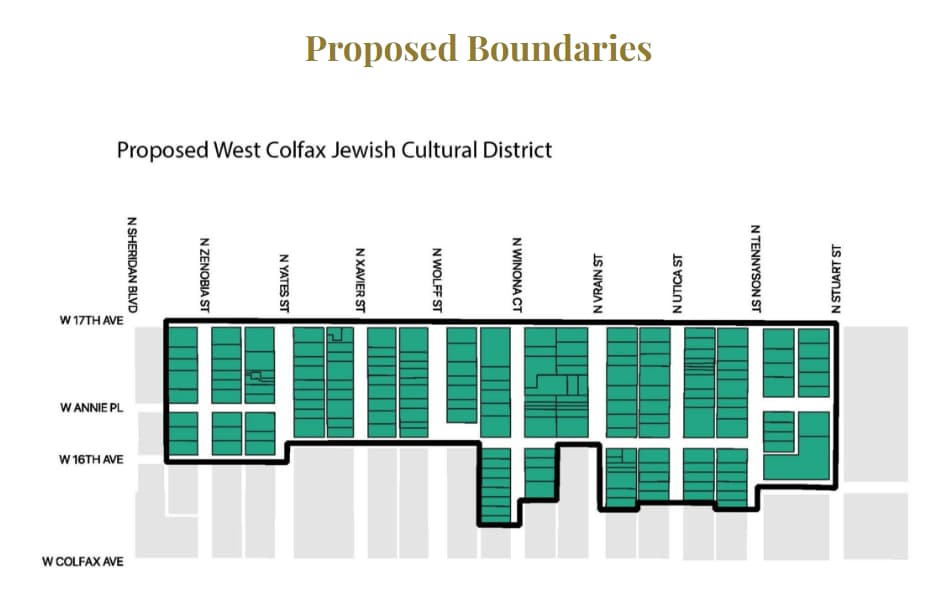
So far, the conversations have been engaging and enlightening, Sandoval said, which is the point of the district -- to enlighten Denverites on their city's history.
"The goal of this project, for me, is to honor that rich Jewish legacy and culture," Sandoval said. "I grew up in the neighborhood and I would see the Orthodox Jewish children and adults walking around. So I knew they were here but as gentrification and displacement has occurred, they're not there anymore...This culture has felt gentrified and displaced and we have to highlight their voice and how important of a role they played in the history of Denver."
Sandoval said she's partnering with the city's Office of Storytelling to document the preservation efforts to continue telling the area's story in a different way, possibly through film.
Flowers said the preservation project is being funded by Historic Denver's Action Fund and a grant from The Rose Community Foundation. He emphasized that the project is very community-driven, so before design standards are set, Historic Denver and Sandoval's office need to make sure the district is what all neighbors want. He added that as conversations continue, the boundaries are subject to change.
"This is a very community based process, nothing has been decided yet," Flowers said. "We are interested in hearing what the community has to say and that's why we do the outreach."
He added that folks can reach out to his office to discuss the proposal.

Sandoval said for now the committee is focusing on the blocks closest to Winona Court.
"That's where the synagogue is and that's where the heart of the community is," Sandoval said.
Smith said she's excited by the community's response. Another community meeting will be held tentatively in January. Smith said overall residents are simply seeking some tool to preserve what's left of the Jewish history on the Westside. She hopes to see preservation efforts for all communities feeling the effects of erasure.
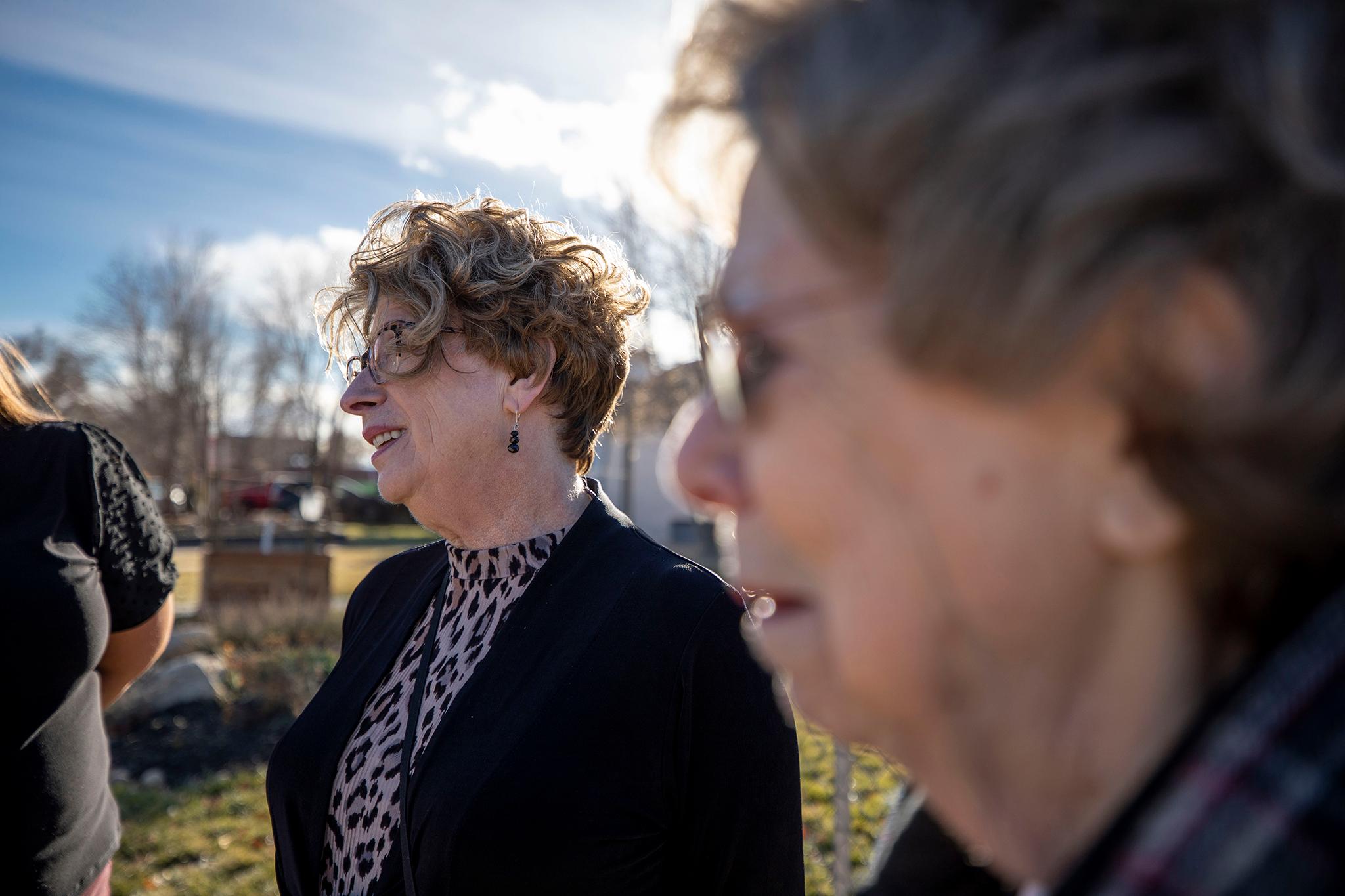
"The [displacement] has to stop," Smith said. "They've displaced the Latino community almost entirely. They've displaced the Black community almost entirely. They're working on displacing the Jewish community here and the gay community and they're displacing us all with a transient community, where nobody stays. It's sad to see these homes with so much history torn down for slot homes no one stays in for more than a few months. That's not how you build community."
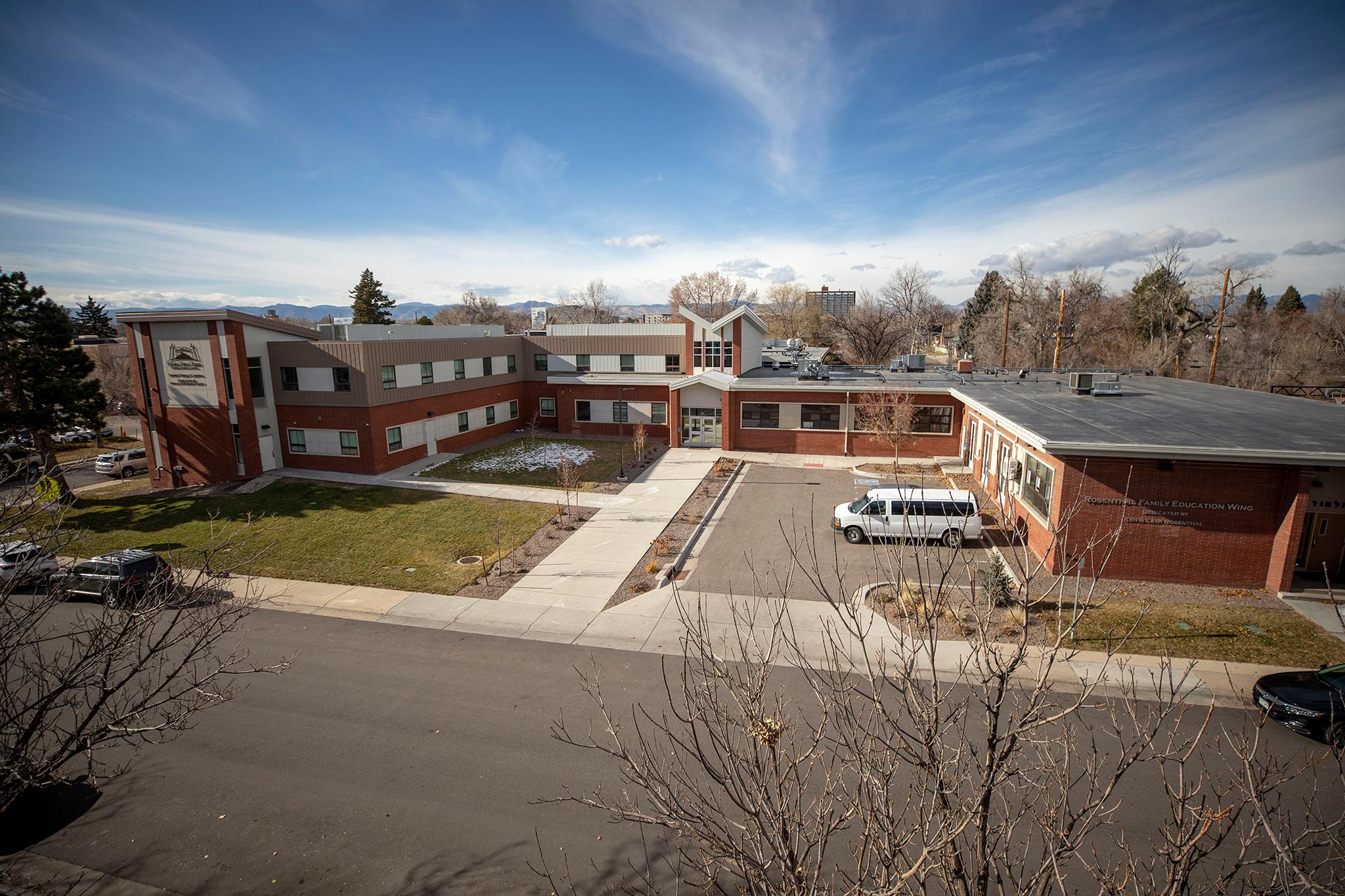
Editor's note: This story has been updated with the full name of the Rose Community Foundation. We've also clarified that the proposed boundaries are subject to change, though they would not change to encompass the areas underneath the viaduct.
